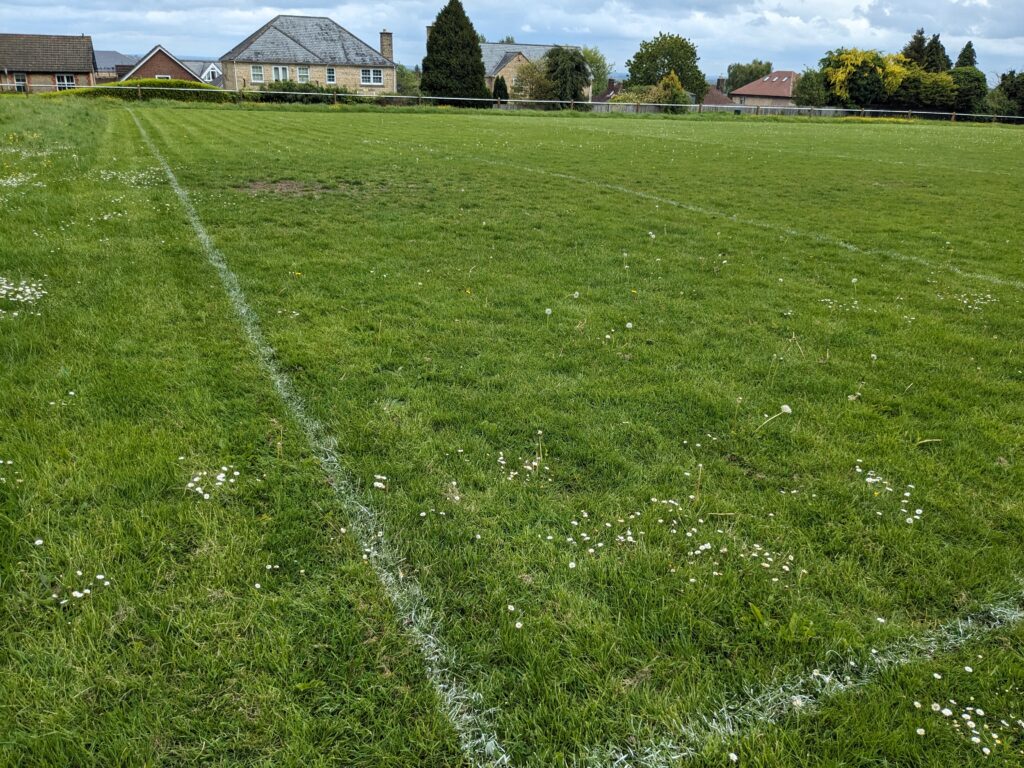Weeds will grow in almost any situation where the conditions are favourable. Weeds are opportunistic and will invade where suitable conditions arise. If there are any thin or weak areas of the turfgrass caused by neglect or unsuitable management, this creates a perfect opportunity for weeds to encroach. In order to do battle with a weed, first you need to know what it is, identifying whether it’s a summer or winter annual or a perennial. The more you know about the weed, its environmental preferences, limiting resources and lifecycle, the better you can manage its encroachment.

Weedy turf does not afford the density necessary for safe footing for athletes, and would not be desirable if high quality was demanded in high-profile situations such as signature fields or professional sports fields. Due to the nature of sports fields, voids left in the turf are soon occupied by aggressive, opportunistic weeds that can thrive in less-than-ideal soil conditions. The presence of weeds usually signifies a symptom of a problem; for example, knotweed thriving on compacted soils, or annual bluegrass thriving in over-irrigated sites.

Dormant weed seeds, particularly of annual species, can remain in the soil for a couple of years, depending on the species. Consequently, seeds of weeds may accumulate in the soil over time, waiting for the right conditions to germinate. This accumulation is called a ‘soil bank’. Typically, elite sports fields are korrowed off between seasons to remove not just thatch and anaerobic layers, but also to remove soil banks and more persistent weeds such as Poa Annua. Overseeding can be a useful technique in battling this issue, as it increases the population of the turfgrass, limiting the resources available for the weeds to grow and become mature. However, this does not come without its flaws, as by doing this, you’re then increasing the interspecific competition between the turfgrass species. The more grass seedlings in an area, the longer it will take to reach maturity, and the more juvenile the plants, the easier they are to damage or infect. This decision should depend on the amount of weed encroachment and time of year.
In many parts of the world, the use of herbicide applications to manage weed levels in turfgrass is discouraged. Many people choose to hand-weed or use other cultural methods that don’t favour the growth of weeds while still allowing turfgrass to thrive. However, under pesticide restrictions, perfect or near-perfect turfgrass is not easily produced at our current level of knowledge. Although with limited pesticide use, in most cases, an acceptable level of turfgrass can be produced with minimal weed levels.
There is a variety of turfgrass species to choose from; we’re even able to create mixtures or blends to suit a particular environment or desire. If we were to choose exactly the right species or combination of species for a particular turfgrass site and use all of the techniques at our disposal to reduce weed pressure and encourage turfgrass growth, we could probably meet expectations for the likes of athletic fields and maybe even golf fairways. We would, however, have to put thought into the economic costs of herbicide applications against the economic cost of hand labour to remove the weeds manually. Weeds usually have a short lifespan, especially those in turfgrass. Some weeds such as dock leaves do encroach and have longer lifespans, but with mechanical methods such as close-mowing, weeds like these can be discouraged over time.
